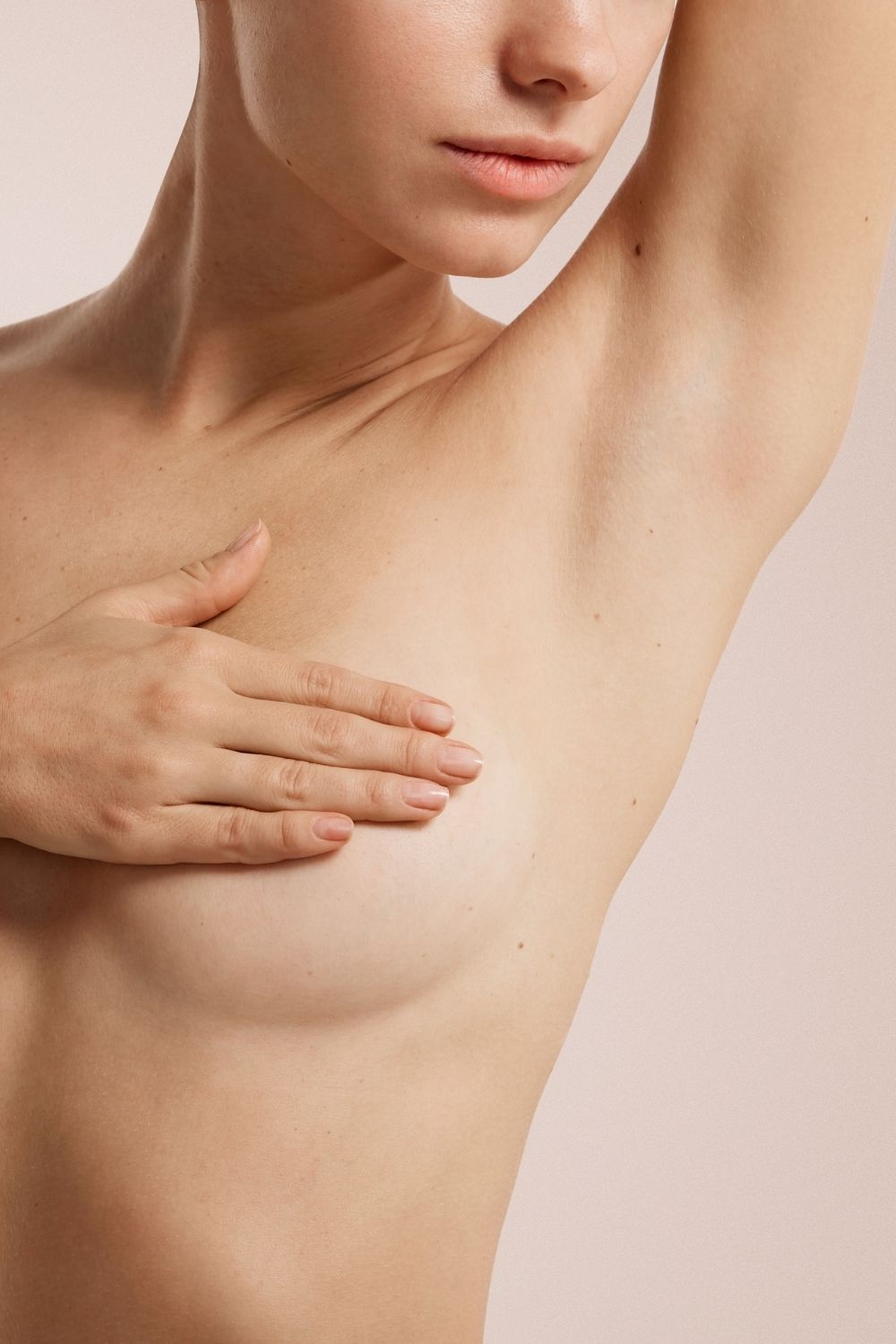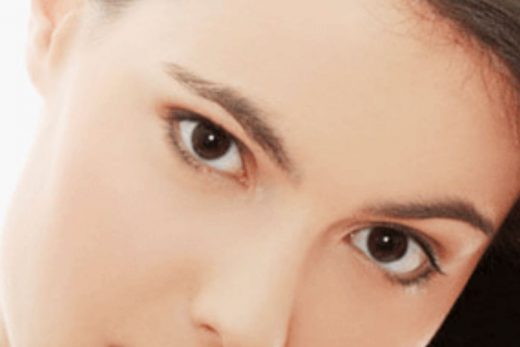Nipple hair growth in women can be due to hormonal imbalances or certain prescription medications; it is usually not a cause for concern.
A variety of methods — each with its own risks and benefits — can be used to eliminate unwanted nipple hair, including tweezing, waxing, and laser hair removal.
In rare cases, nipple hair can be a sign of a more serious health condition, such as polycystic ovary syndrome or Cushing’s syndrome.
While nipple hairs are barely noticeable in most women, in some cases they can appear particularly dark, coarse, or long. The good news is that hairy nipples are usually not an indicator of any serious health problem. In fact, they’re a pretty common issue.
What causes hair to grow around the nipples? What can you do to get rid of it? Should you be seeing an aesthetician, or does your situation warrant medical attention? In this guide, we’ve broken down everything you need to know about this pesky problem.
What causes hairy nipples?
It’s important to understand what is causing your nipple hair in the first place, as knowing the cause will help you choose the best course of treatment. A number of normal bodily changes, prescription medications, and other health issues can cause hairy nipples.
Hormonal shifts
Women can experience major hormonal changes during certain events, such as pregnancy and menopause. One of the primary symptoms of these fluctuations is unusual hair growth.
You may notice that hair grows faster, becomes coarser, or darkens. This is a result of hormones such as testosterone, estrogen, and progesterone being thrown out of balance. Rest assured. If you’re currently pregnant or about to enter menopause, the appearance of nipple hair is very common.
An overproduction of androgens (male hormones, including testosterone) can also cause women to grow hair in new or unusual places, such as around the nipples. Other signs of androgen overproduction include absent menstrual periods and acne.
If you suspect that you are experiencing this kind of imbalance, your doctor can perform a test to evaluate your hormone levels.
Medication
Although it is rare, there are certain medications that can cause unusual hair growth.
Medications that come with this side effect include testosterone, anabolic steroids, glucocorticosteroids, glucocorticoids, danazol, phenytoin, minoxidil, and immunosuppressant drugs like ciclosporin.
Cushing’s syndrome
This condition arises when the body is exposed to high levels of the stress hormone cortisol for an extended period of time. One of the key symptoms of Cushing’s syndrome is an increase in hair growth. Cushing’s can be caused by the use of steroids or problems with the body’s ability to regulate cortisol.
If you’re experiencing other common symptoms of Cushing’s, such as weight gain around the midsection and upper back, purple or pink stretch marks, or a thinning skin that bruises easily, make an appointment to see your doctor immediately.
Polycystic ovary syndrome
Have you noticed an increase in hair all over your body, such as on your back, chin, or upper lip? If it is not just your nipples that seem hairier, there’s a chance you may have polycystic ovary syndrome (PCOS).
Other symptoms of this disorder, which is caused by an imbalance of reproductive hormones, include irregular menstrual periods and acne. If you notice new hair growth in places other than your nipples, be sure to see your doctor to rule out the possibility of PCOS.
What are the treatment options?
If the hair around your nipples is bothering you for aesthetic reasons, there are a number of methods you can use to remove it. Note that hair removal cream and bleach are not recommended for the sensitive skin around your nipples, which is prone to irritation.
The best treatment for you depends on several factors, including how long you want the hair to take to grow back, how much you’re willing to spend, and what is most convenient.
Tweezing
The quickest and easiest way to get rid of unwanted nipple hairs is to tweeze them. However, keep in mind that the skin around your nipples can be particularly sensitive. It’s a good idea to tweeze immediately after showering as the hot water will open the pores and soften the hairs, making them easier to pluck out.
This is a highly popular option because nipple hairs that are plucked out will take about three weeks to grow back. Note that tweezing can put you at risk of ingrown hairs or, worse, an infection.
Trimming
While this method does not remove the hairs completely, it’s one of the safest and simplest strategies you can use at home. Use a pair of small nail scissors and very carefully cut the hair close to the skin.
Shaving
Shaving won’t remove the hair at the root either, but it is a convenient way to eliminate nipple hairs. Make sure to hold the skin around the hairs taut and be extra careful with your razor so as not to cut yourself. Note that, as with tweezing, there is a risk of ingrown hairs or infection.
Waxing
Waxing is another viable option for getting rid of nipple hair, and it’s a method that will last longer than trimming or shaving. It’s highly advisable to have a professional perform the waxing rather than doing it yourself at home because the skin around the nipples is delicate
You are still at risk of ingrown hairs or infection with waxing, so ask your aesthetician if she or he has any suggestions for skin care strategies and products that will prevent these issues.
Laser hair removal and electrolysis
The most expensive options—laser hair removal and electrolysis—are also the most long-lasting. As an added benefit, these treatments can also slow down future hair growth in the area.
Nipple hair will take up to two months to grow back after each treatment, and once you’ve had about five treatments, you’ll start to notice that the amount of hair growing back is significantly reduced.
Laser hair removal causes less pain than electrolysis, and tends to be more effective on dark hair and fair skin. For those whose hair and skin color are not dramatically different, electrolysis might work better.
Hormonal treatments
If hormonal imbalance is the culprit, your doctor may be able to prescribe medications to help normalize your hormone levels, thereby reducing unusual hair growth.
For example, birth control pills, which usually have both progestin and estrogen hormones, can prove helpful for some women.
When should I see a doctor?
If you are experiencing unusual hair growth on multiple areas of your body, or have other concerning symptoms, see your doctor immediately.
A physician will be able to perform tests to determine whether your nipple hair is a result of normal changes such as hormonal fluctuations, or the sign of an underlying issue, such as PCOS or Cushing’s syndrome.





